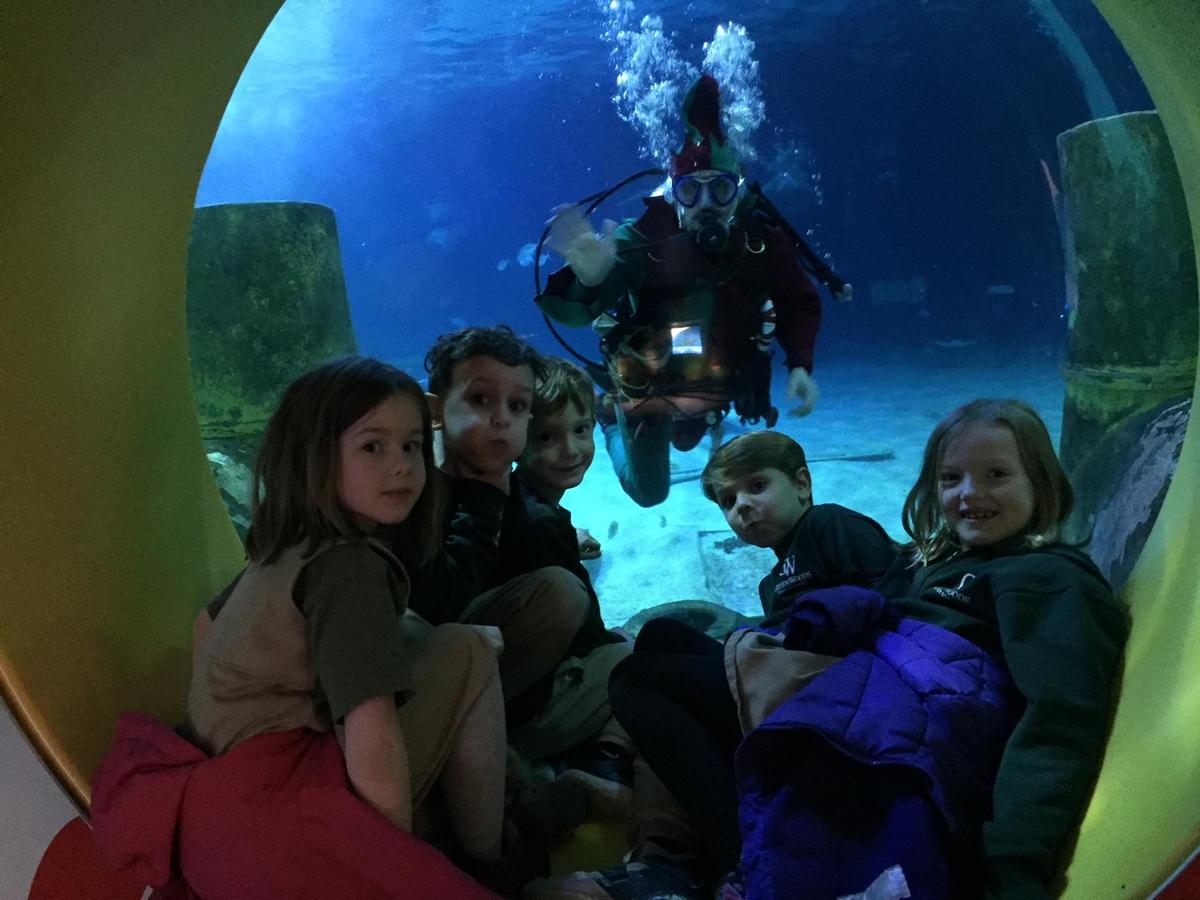1st Grade
Welcome to 1st grade at Green Woods Charter School!
Literacy
Green Woods uses American Reading Company (ARC) Core as our ELA curriculum resource. ARC Core is a framework that provides teachers with a structure to promote inquiry through apprenticeship. The resource provides a scope and sequence aligned to the Common Core State Standards (CCSS), high interest text for teacher modeling, and varying levels of text for student independent work. Along with the framework, ARC provides an Independent Reading Level Assessment that guides teachers through setting individual reading goals for students. 
The ARC resources support students as developing readers by providing them with strategies they need to be able to read complex text on their own. Reading, Writing, Listening, Speaking, and Language skills are embedded throughout each unit as students study themes connected to Science, Social Studies, and Literature
There are 4 units of study throughout the school year. In First Grade these units consist of Literacy Lab, Wild and Endangered Animals, Family Stories, and Plants.
Math
Green Woods uses the Into Math curriculum built for instruction on the Common Core State Standards (CCSS). This curriculum is an intentional and comprehensive mathematics program that centers on student growth. Growth is maximized when instruction, assessment, and mindset are coordinated and aligned. Throughout the year, students build their conceptual understandings, improve their procedural fluency, and apply their knowledge in meaningful contexts and real-world applications. With more focused learning, every student can achieve at their highest levels.
In First Grade the Into Math Program focuses on representing and counting numbers up to 120, addition and subtraction strategies, addition and subtraction in base tens.
Science
Students in the first grade will use Bring Science Alive! Exploring Science Practices, to figure out how plants and animals of the same kind are similar and different and how they use their parts to survive and care for their offspring; how light and sound can be used to send messages you can see and hear; and how to observe the sky to see patterns of night and day; sun, moon and stars. They will use a variety of science and engineering practices and crosscutting concepts during their active investigations and discussions.
Year at a Glance







